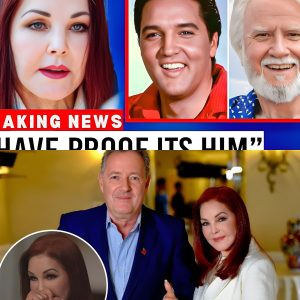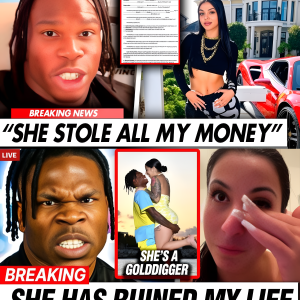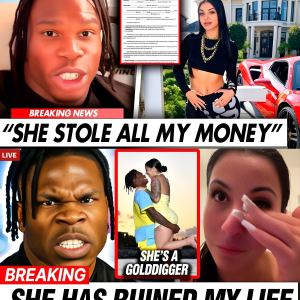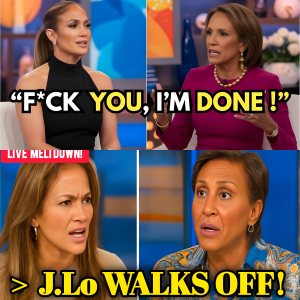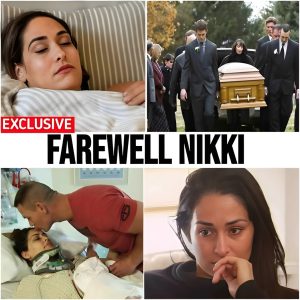Glastonbury doesn’t look the way it used to. The fields are still muddy, the flags still wave, but the soundtrack now pulses with pop, hip hop, R&B, and chart-ready dance hits alongside the usual indie fare. It’s not a bad thing—change rarely is—and the festival’s embrace of mainstream sounds keeps it lively, with something to suit every taste at any hour.
Yet, with this evolution, the festival’s rock elders find themselves in a strange spot. This evening, festival-goers had to choose between the fearless pop energy of Charli XCX, Grammy-winning rap fire from Doechii, disco nostalgia with Scissor Sisters, 90s rave heroes Leftfield—or the storied Neil Young closing out the Pyramid Stage, the festival’s prime slot. Among this lineup, Young felt like an outlier, almost oddly placed. Once revered as a constant in the rock pantheon, tonight the ‘Godfather of Grunge’ felt genuinely alternative again.
The scene before Young’s set was telling: the crowd remained sparse until moments before he stepped out, a clear sign that for many, he was not the night’s main attraction. For an artist of his legacy, it was a strange sight.
Then, quietly, Young appeared. Alone under a single stark white light, cap low over his eyes, he strummed a rough-hewn Sugar Mountain while seated on a stool, acoustic guitar in hand. It felt almost too bare-bones, too modest, for a festival used to lasers, pyrotechnics, and elaborate stagecraft. Surely a 79-year-old man alone with his guitar couldn’t headline Glastonbury in this era of spectacle?
Turns out, he can—and he did.
Because if your songs are timeless, you don’t need the rest. Young’s performance was unadorned yet utterly magnetic. Once The Chrome Hearts joined him and he tore into Be the Rain, the sheer weight of his guitar tone cut through the evening air, reminding everyone why these songs endure. His set, unpolished and rooted deeply in folk and rock, felt like a cleansing breath amid the festival’s overstimulation.
Watching Young play felt like opening a box of treasures from another age. They may not glisten like the latest pop hit, but the emotional gravity of Cinnamon Girl, the ragged insistence of Hey Hey, My My (Into the Black), the gentle glow of Harvest Moon, and the soul-deep ache of Old Man and Like a Hurricane are impossible to deny. The crowd might have felt trendier dancing to Von Dutch on the Other Stage, but Young’s catalogue has stood the test of time and will still matter long after pop’s current heroes become nostalgia themselves. When he stood alone for a spellbinding rendition of The Needle and the Damage Done, it felt like rediscovering the true essence of music—raw, honest, and powerful.
Best headphones deals
At his age, Young is not the spry performer he once was, and that unmistakable, divisive voice was never about technical perfection. But with a stellar band, that thunderous guitar tone that countless artists have tried to mimic, and a catalogue of profound depth, it’s hard to imagine anyone in that field regretting their choice to witness him.
He probably should have closed with the euphoric chaos of Rockin’ in the Free World, the crowd’s roars still echoing, rather than add the comparatively subdued Throw Your Hatred Down. But that’s a small quibble in a set that felt like a final, beautiful bow at Glastonbury for one of rock’s true legends.
The festival may be evolving, but its old rock and roll spirit isn’t going quietly—and tonight, Neil Young proved it still has plenty to say.
